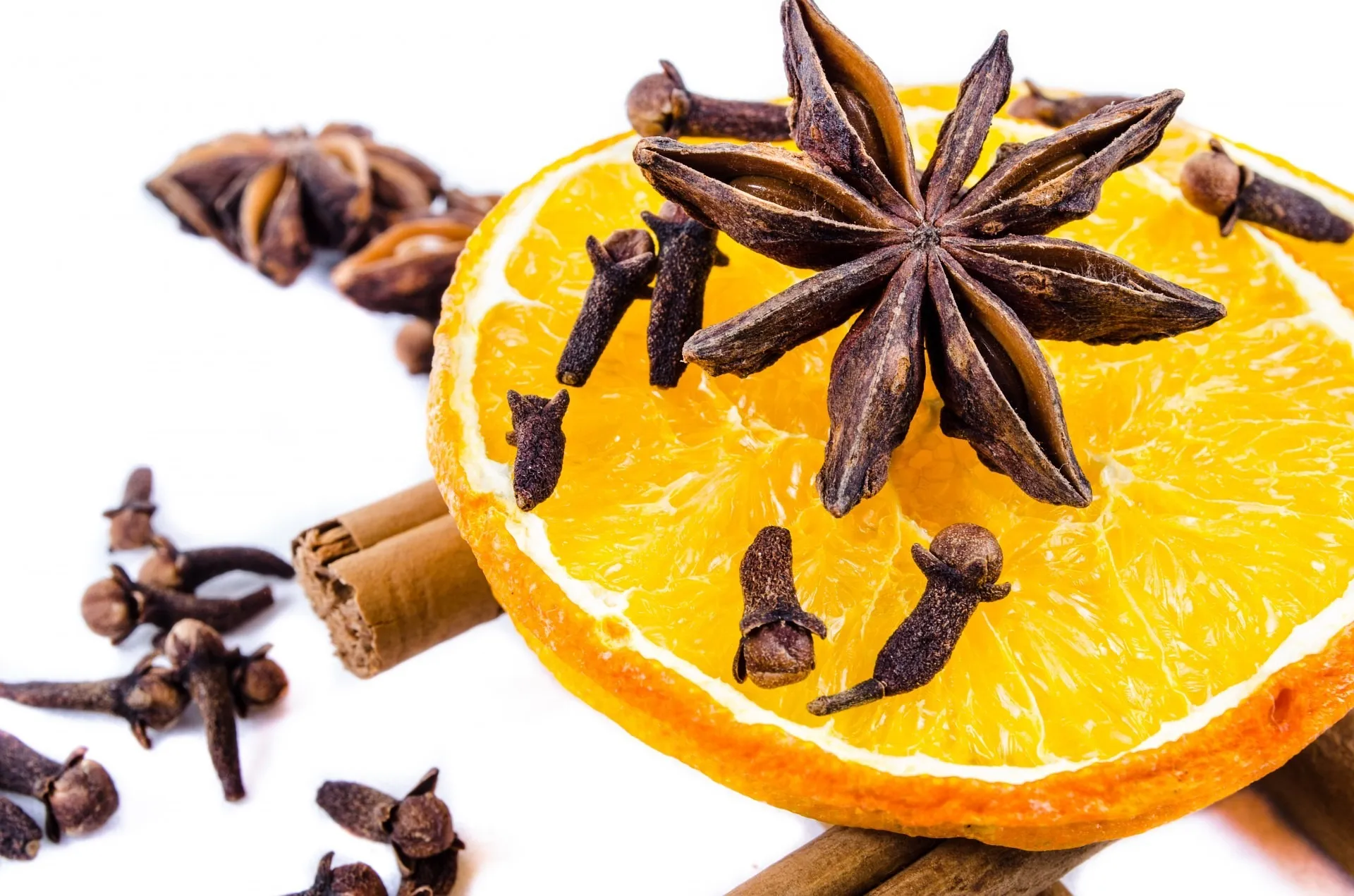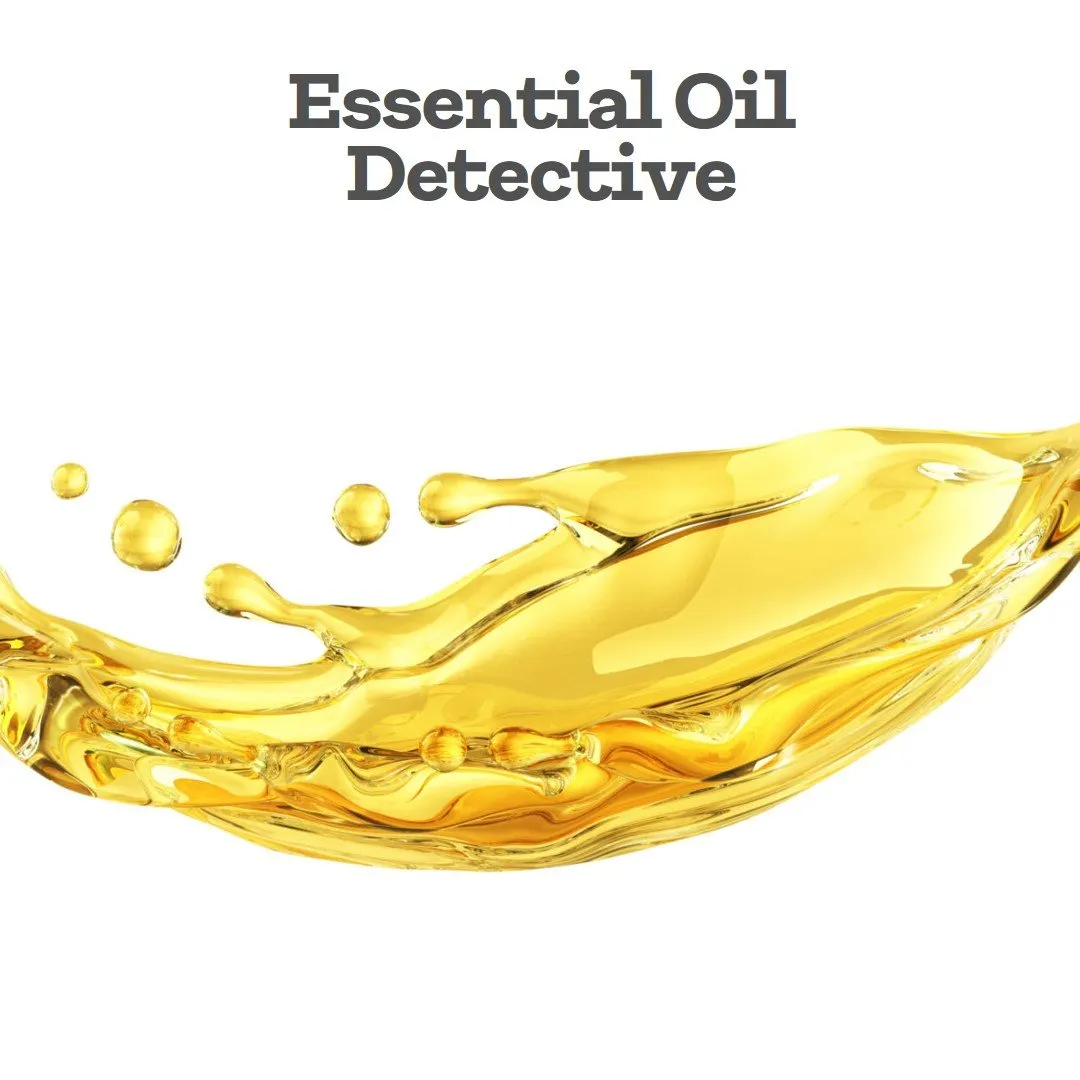Understanding What Makes an Essential Oil (Sources & Diversity)
Essential oils are cherished for their aromatic qualities and therapeutic benefits.
They derive their unique properties from a rich array of constituents found in various plant sources. These constituents contribute to the distinct aroma, therapeutic effects, and potential applications of essential oils across different industries.
Essential Oil Constituents: What Are They?

Essential oils are composed of a complex mixture of volatile compounds. These compounds are organic in nature and are primarily classified into major groups such as terpenes, phenols, aldehydes, ketones, esters, and oxides.
Each group contains various individual constituents that contribute to the overall characteristics of the essential oil.
1. Terpenes:
Terpenes are one of the most common and diverse groups of compounds found in essential oils. They are responsible for the fragrance and therapeutic properties of many oils. Examples of terpenes include limonene, pinene, and myrcene, which can be found in citrus oils, pine oils, and cannabis respectively.
2. Phenols:
Phenols possess strong antimicrobial properties and are often found in oils like clove and oregano. Eugenol, thymol, and carvacrol are prominent phenolic compounds known for their potent antibacterial and antifungal effects.
3. Aldehydes:
Aldehydes contribute to the characteristic scents of certain essential oils. Citral, found in lemongrass and citronella oils, is a notable example with its citrusy aroma and potential anti-inflammatory properties.
4. Ketones:
Ketones are found in oils like peppermint and sage. Compounds such as menthone and camphor have stimulating and expectorant properties, making them valuable in aromatherapy and medicinal preparations.
5. Esters:
Esters are responsible for the fruity and floral aromas in many essential oils. For instance, linalyl acetate found in lavender and bergamot oils contributes to their relaxing and calming effects.
6. Oxides:
Oxides, like 1,8-cineole (eucalyptol) found in eucalyptus and rosemary oils, have expectorant and antiviral properties, making them beneficial in respiratory treatments.
Sources of Essential Oil Constituents:

These diverse constituents are sourced from various parts of plants through different extraction methods:
1. Flowers:
Floral essential oils, such as lavender, rose, and chamomile, contain constituents predominantly extracted from the blossoms through steam distillation or solvent extraction.
2. Leaves:
Leaves of plants like eucalyptus, tea tree, and peppermint yield oils rich in constituents like terpenes, ketones, and oxides, obtained through steam distillation.
3. Citrus Fruits:
Citrus essential oils, such as orange, lemon, and grapefruit, are obtained from the peels through cold-press extraction, containing high levels of limonene and other terpenes.
4. Bark and Wood:
Oils like cinnamon and sandalwood are extracted from the bark or wood, containing constituents such as cinnamaldehyde and santalol.
5. Seeds and Nuts:
Oils derived from seeds and nuts, like fennel and nutmeg, contain various constituents extracted through cold-pressing or steam distillation.
6. Resins:
Resinous oils such as frankincense and myrrh are obtained from the resin of trees and contain a unique combination of constituents.
The diverse range of constituents found in essential oils contributes to their versatility and wide-ranging applications. Understanding these constituents and their sources is crucial in utilizing essential oils effectively in aromatherapy, personal care products, medicinal preparations, and even in culinary practices.
Each constituent offers distinct properties that collectively contribute to the holistic benefits of these precious oils, making them invaluable in enhancing both physical and mental well-being.
